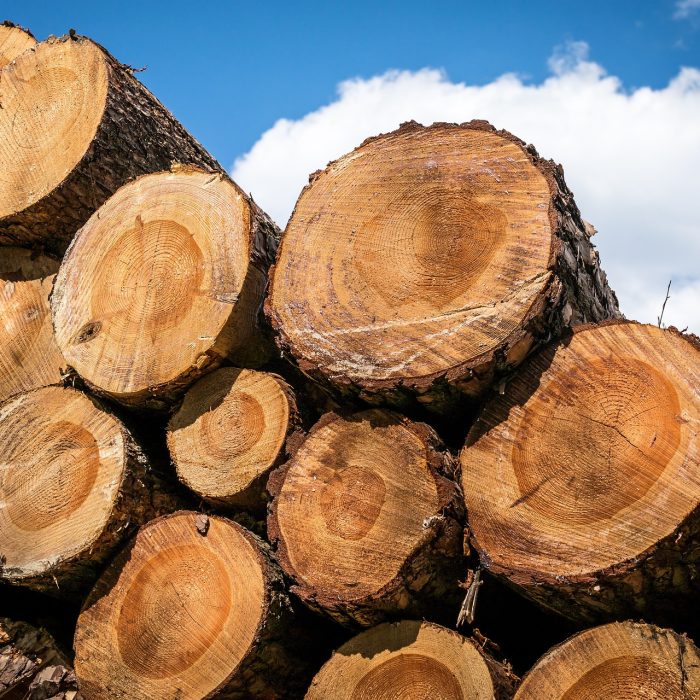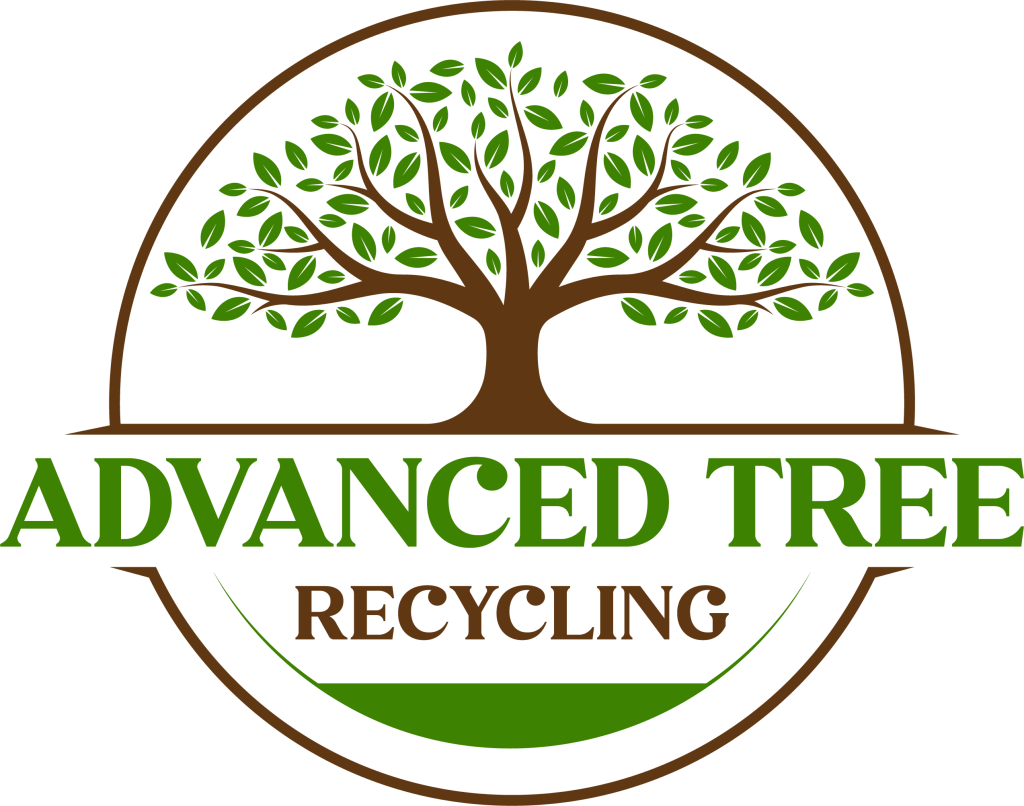We Buy Logs
Home / We Buy Logs
We buy logs from tree service companies, arborists, land developers, home owners, most everyone. Some companies want to be paid by the ton. Others want to be paid by the board foot. Others by the truck or trailer load. We’ll try to work out a fair deal with you.
The most valuable logs will be from 15 inches up to 34 inches in diameter on the small end. Smaller logs are not worth cutting and may be used as poles or firewood. Larger logs we can only saw as slabs.
We assume all branches have been closely trimmed off and you deliver the logs to our log yard
Logs need to have an extra 3 to 6 inches of length that can later be cut off to fix defects. We currently prefer logs to be 8 feet and 3 to 6 inches long. Hardwoods can be any even lengths: 4 feet long, 6 feet long, 8 feet long, 10 feet long, … plus an extra 3 to 6 inches to trim off later. Pine can be 8, 10, 12 feet long.
The most valuable logs will be perfectly straight, well trimmed, no butt spurs, excessive butt swell, or knots extending beyond the bark line. No cracks, splits, voids, or other defects.
If there is any metal in the logs (nails, screws, fencing, etc) it will most likely ruin our saw blade. And we will not be likely to do business with you again.


Everyone thinks they have prime logs. Very few logs are a prime log. A prime log is 18 inches diameter (or larger) on the small end. At least 8 feet, 4 inches long. 4 clear faces. No knots, splits, stain, shake, rot, or voids. No worm, bug, bird holes. Perfectly straight and freshly cut. Must yield a substantial amount of clear lumber. Think perfect – best log you have ever seen.
Logs with many of these problems, if structurally sound, can still be used for beams, posts, utility lumber. They’re just not as valuable
Large diameter logs with many of these defects – used to be burned or dumped in land fill. Today they are sawed into slabs. But it is a lot of work.
We try to grade and scale the logs to determine the worth of the logs. Big diameter, long, straight logs with zero defects are worth a lot more than smaller, shorter logs with forks, knots, branches, cracks, splits, and other defects. We will pay a low price for the ugly logs but they take considerable more effort to get them ready for market.
Our favorite species of logs are:
- Big ugly logs that are headed to landfill or burn pile
- Black walnut and white oak
- Red oak, large cedar, cherry, maple
- Poplar, beech, butternut
- Pine
